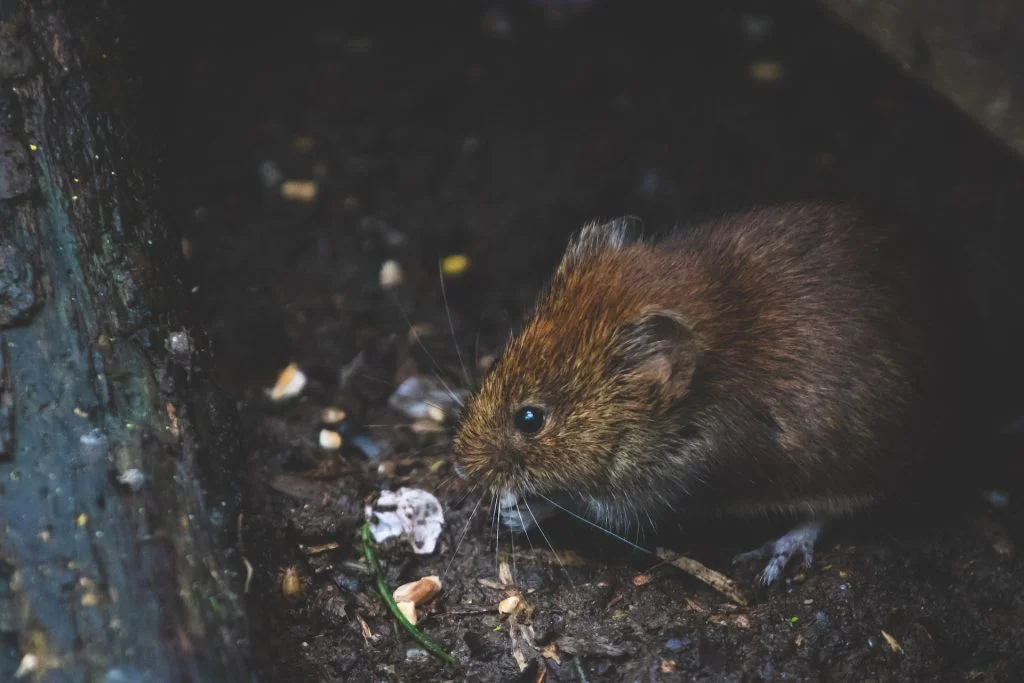
Effective Methods of Pest Control: Physical, Chemical, Biological, and Integrated Pest Management
Pests are a common problem that many people face, whether it’s at home, in the workplace, or in agricultural settings. They can cause damage to property, transmit diseases, and compromise hygiene and sanitation. That’s why it’s important to have effective methods of pest control in place to manage pest populations and prevent their spread.
There are several methods of pest control that can be used to manage pest populations, including physical, chemical, and biological methods. Each method has its own advantages and disadvantages, and the best approach depends on the specific situation and the type of pest being targeted.
Physical Methods of Pest Control
Physical methods of pest control involve the use of physical barriers or traps to prevent pests from accessing a certain area or to capture and remove them. Some common physical methods of pest control include:
1. Exclusion: This involves using physical barriers, such as screens or seals, to prevent pests from entering a building or a specific area.
2. Traps: Traps can be used to capture pests, such as mice, rats, or insects, and remove them from the area. There are different types of traps, including live traps, snap traps, and glue traps.
3. Heat treatment: This involves using heat to kill pests, such as bed bugs, in their hiding places. Heat treatment can be effective in eliminating pests without using chemicals.
4. Vacuuming: Vacuuming can be used to remove pests, such as spiders or cockroaches, from the area. It’s important to dispose of the vacuum bag carefully to prevent the pests from returning.
Chemical Methods of Pest Control
Chemical methods of pest control involve the use of pesticides, which are chemical compounds that are designed to kill or repel pests. There are different types of pesticides, including insecticides, rodenticides, and herbicides, which are used to control insects, rodents, and weeds, respectively.
While chemical methods of pest control can be effective, they also have some drawbacks. Pesticides can be toxic to humans and animals if not used properly, and they can also have unintended consequences on the environment, such as polluting water or harming non-target species.
Biological Methods of Pest Control
Biological methods of pest control involve using natural enemies or predators of pests to control their populations. This approach is often used in agricultural settings, where pests can cause significant damage to crops. Some common biological methods of pest control include:
1. Biological control agents: These are organisms, such as insects or fungi, that are introduced into an area to control pest populations. For example, ladybugs are often introduced into greenhouses to control aphids.
2. Crop rotation: Crop rotation involves planting different crops in a specific area to prevent the buildup of pest populations in the soil.
3. Natural enemies: Natural enemies of pests, such as birds or spiders, can be encouraged to live in the area to control pest populations.
Integrated Pest Management (IPM)
Integrated Pest Management (IPM) is a holistic approach to pest control that combines multiple methods and strategies to manage pest populations. IPM involves several steps, including:
1. Monitoring: This involves regularly inspecting the area to identify pests and determine their population levels.
2. Identifying the pest: It’s important to identify the pest correctly to determine the most effective control method.
3. Setting action thresholds: Action thresholds are the pest population levels at which action needs to be taken to control the pests.
4. Implementing control measures: This can involve using physical, chemical, or biological methods, or a combination of these methods.
5. Evaluating the effectiveness of control measures: It’s important to monitor the effectiveness of the control measures and make adjustments as needed.
6. Prevention: Finally, prevention is an important part of IPM, which involves taking steps to prevent pest infestations from occurring in the first place. Some prevention measures include:
Sanitation: Keeping the area clean and free of food debris can help prevent pests, such as cockroaches and rodents, from being attracted to the area.
Sealing entry points: Sealing cracks and crevices in walls and floors can help prevent pests from entering the building.
Proper storage: Properly storing food and other items can prevent pests, such as pantry moths and rodents, from accessing them.
Regular maintenance: Regular maintenance, such as repairing leaky pipes and cleaning gutters, can help prevent moisture buildup, which can attract pests.
In conclusion, pest control is an important aspect of maintaining a healthy and safe environment, whether it’s at home, in the workplace, or in agricultural settings. By using a combination of physical, chemical, biological, and IPM methods, pests can be effectively controlled and their populations managed. It’s important to choose the appropriate control method for the specific situation and pest, and to always use pesticides and other chemicals responsibly and according to label instructions. Prevention is also key in preventing pest infestations from occurring in the first place.



